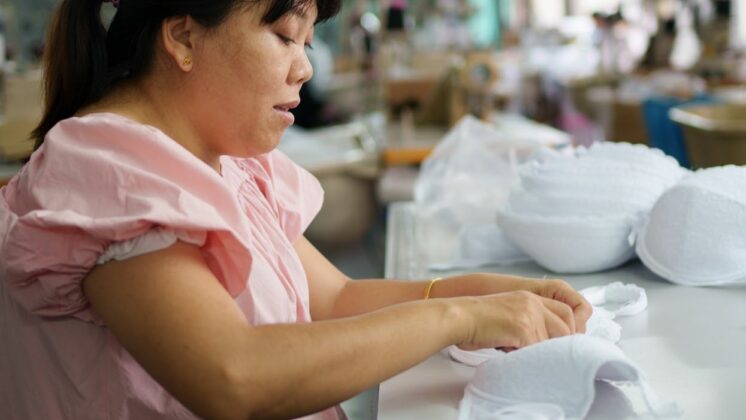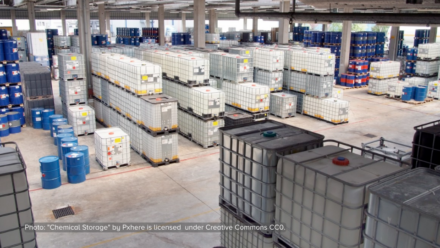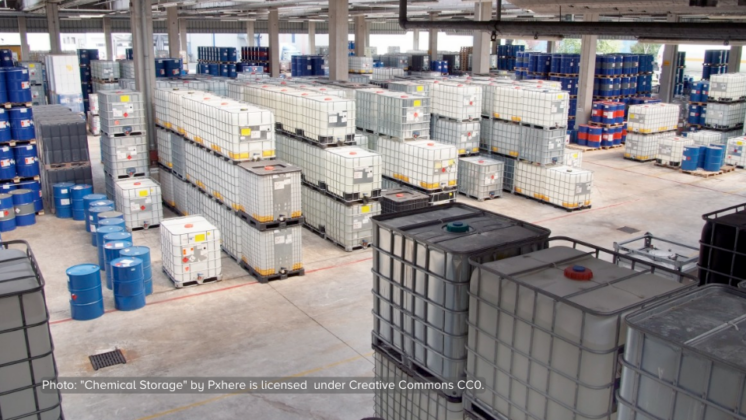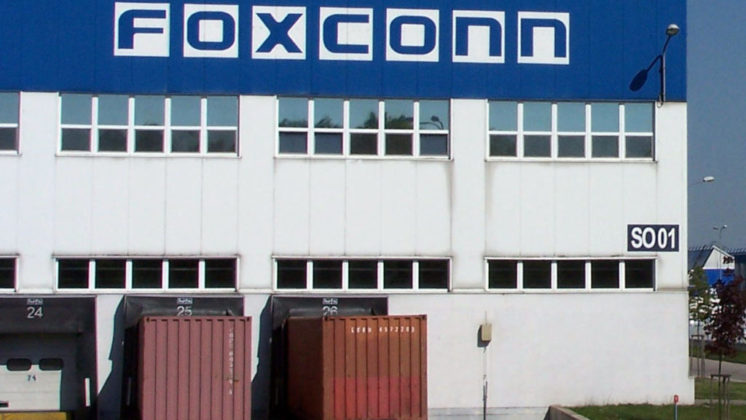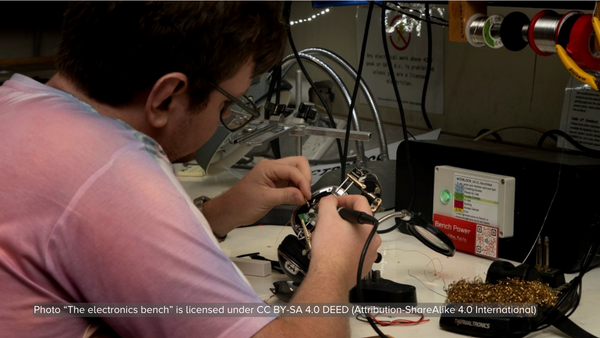Hankyoreh21, a weekly magazine of South Korea, analyzed the compensation standards that Samsung had proposed in the mediation process to address workers’ death and health problems. According to Hankyoreh21’s analysis, only 14 people (8.5%) of the 163 victims absolutely met Samsung’s compensation standards. If a variety of provisory clauses that Samsung presented is applied, 107 people (65.7%) are automatically excluded from compensation.
Hankyoreh21, a weekly magazine of South Korea, analyzed the compensation standards that Samsung had proposed in the mediation process to address workers’ death and health problems. According to Hankyoreh21’s analysis, only 14 people (8.5%) of the 163 victims absolutely met Samsung’s compensation standards. If a variety of provisory clauses that Samsung presented is applied, 107 people (65.7%) are automatically excluded from compensation.
“Challenge” is Samsung’s keyword for 2015. On January 19th, at the Samsung Group new board members’ banquet dinner held at the Shilla Hotel, Samsung Electronics Vice President Lee Jae-Yong proposed a toast with the words “Let’s continue to take more challenges this year.” At the opening ceremony on January 2nd, Samsung Electronics Vice President Kwon Oh-Hyun emphasized that this was the first year of “New Challenges, Restart.” There are many hidden meanings behind the word “challenge.” While to some extent it means Samsung Electronics should try harder to make up for its recent poor economic reports, it also emphasizes the “new” Samsung as it begins its first year having Vice President Lee solely in charge since President Lee Kun-Hee collapsed.
(Translator’s note: note that Lee Jae-Yong, the new Samsung Electronics Vice President, is the son of Lee Kun-Hee, President of Samsung Group).
But the shadow of Lee Kun-Hee’s regime still lingers. The enactment of the ‘Lee Hak-Soo Act’ is being pushed within parliament. The SDS stocks of VP Lee and his siblings may be recognized as illegal profit and confiscated by the government. VP Lee’s pockets were filled with trillions with the listing of Samsung SDS and Jaeil Fabric on the stock exchange. But due to Samsung’s unfair inheritance of wealth, social antagonism against it increased just as much. Employees who were discarded in the process of reorganizing business for the new “Lee Jae-Yong regime” began a strike to stop the sale of the company, arguing that they had been sacrificed for Lee’s succession.
(Translator’s note: the ‘Lee Hak-soo Act’ is a new proposed law supported by105 lawmakers in South Korea’s parliament. It would allow the confiscation of illegal profits when the amount is over 5 billion won. SDS is the ICT – Information &Communication Technology – services company, affiliated to Samsung group)
Samsung hastens to erase this shadow in order to secure social justification for three generations of inheritance. On January 16th, Samsung revealed its compensation standards for occupational victims of Samsung Electronics, which is perhaps another challenge for Samsung. But Samsung acknowledges only a few out of the group of victims as ‘its family’. Hankyoreh21 analyzed 166 cases of Samsung occupational victims according to the standard that Samsung provides. We found that barely 3 out of 10 people qualify to receive Samsung’s compensation according to the company’s proposal. Is Lee Jae-yong’s Samsung regime ready to depart from its old past? The back tide of a river can only keep
flowing by pushing away what’s in front of it.
Kim Eun-Mi (43 years old) and Kim Sun-Ok (41 years old) worked together in the semiconductor assembly line at Samsung Electronics’ Onyang factory. Eun-Mi entered the company in 1991, Sun-Ok in 1992. Although they worked in different shifts, they were given the same job: molding, which involves melting a chemical substance called Epoxy Molding Compound (EMC) using high heat to encase and protect semiconductor chips. They took the EMC out of a 15~20kg sized can to insert it in molding equipment, and then put their heads inside 180℃ (356℉) heated molding equipment to scrape off the leftover EMC with a spatula. They touched the substance, not knowing how dangerous it was at the time. They had no memory of receiving any safety training. They were busy running around without masks or safety equipment, trying to meet the production quota. But then the national economic crisis happened, and they both resigned together in 1998.
Illness came to them one after the other. Eun-Mi’s son, who was born the year after Eun-Mi’s resignation, suffered from Hirschsprung’s disease. He had to live with a colostomy bag until he received a major surgery to remove his colon. Then, Eun-Mi began to take pills for hypothyroidism. In 2007, Sun-Ok had her complete right breast surgically removed due to breast cancer. Eun-Mi was also diagnosed with thyroid cancer in 2010 and had to have it removed. Even after that, Eun-Mi is still suffering from rheumatism, epilepsy from the water in the skull, and cervical cancer. Coincidence? A senior worker from the same factory passed away from malignant lymphoma, as did a junior worker from stomach cancer. They are all women still in their 30s~40s. It seems too harsh to be mere coincidence. According to the Guide to managing health for emiconductor workers, a publication of the Korea Occupational Safety & Health Agency in 2012, carcinogens such as benzene and formaldehyde could have been formed during the manufacturing process.
On January 16th, Samsung Electronics offered a specific compensation proposal for the workers who suffered from leukemia and other diseases in the semiconductor factories. After hearing about this, Eun-Mi and Sun-Ok had a phone call on January 21st. Eun-mi lives in Onyang, Chungchungnamdo, while Sun-ok lives in Daejeon. According to Samsung’s proposal, both Eun-Mi and Sun-Ok cannot receive compensation. Eun-Mi, who has thyroid cancer, does not qualify for compensation. Sun-Ok, who has breast cancer, can receive compensation if she meets Samsung’s requirement for a “special health check”. Eun-Mi was crestfallen. “At first, I thought Samsung meant that it would be compensating all victims. But this compensation plan is completely irrelevant to me. I was hopeful…but it was all for nothing.” Sun-Ok worried that Eun-Mi is having a really difficult time. EunMi is going through depression, as well as financial difficulties.
Out of all the victims suspected of suffering from occupational diseases, where is Samsung plotting to draw the line for compensation? And how many people will actually be able to receive compensation?
Read the full article here



